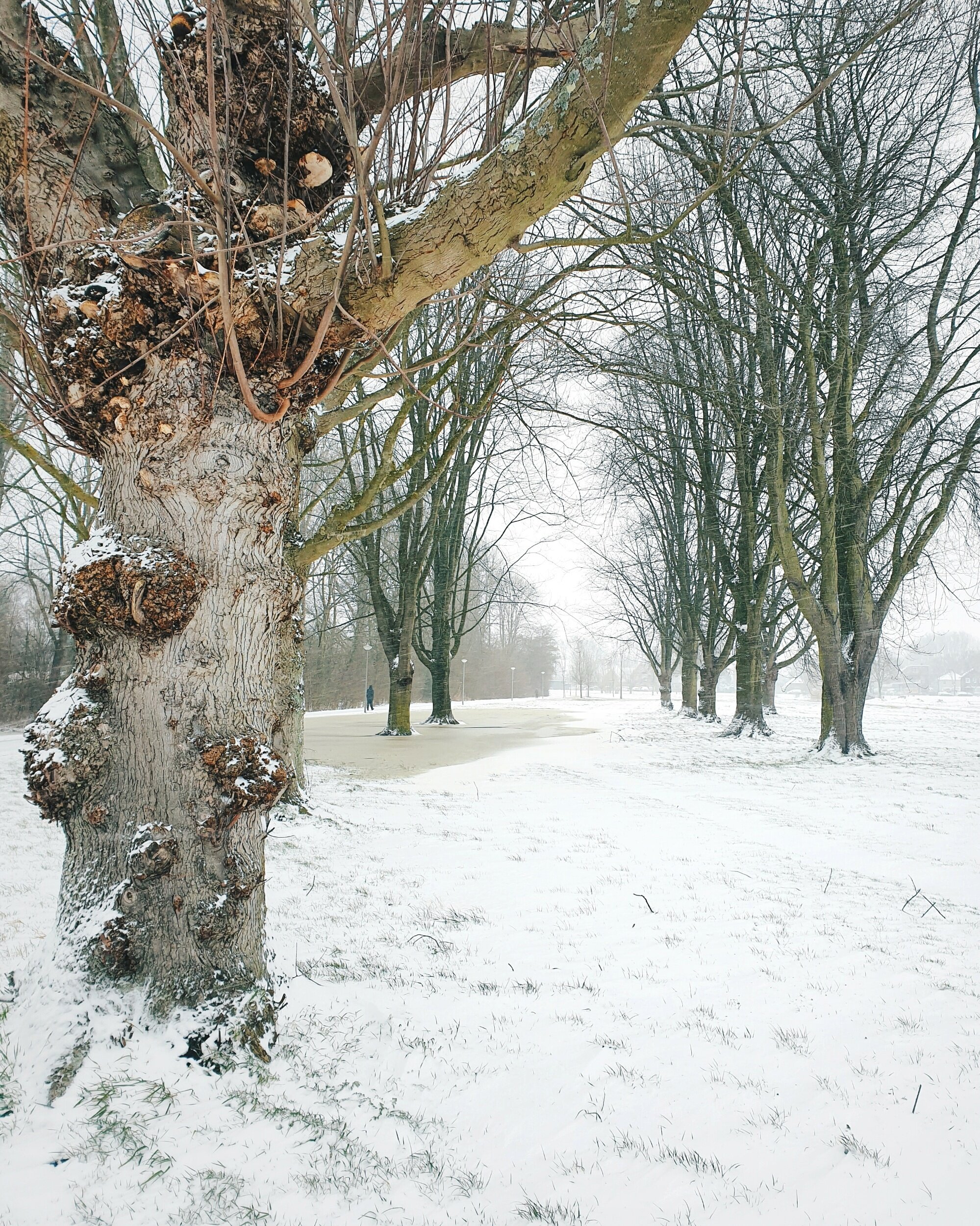Winter in the Netherlands
Winter in the Netherlands
My local river, the river Rotte all frozen over and ready to be skated on once more. It is such a sight to see.
The weather in the Netherlands is often nothing to write home about, but when the temperatures begin to drop, and the snow starts to fall, the unique landscape of the Netherlands can take on an exciting and wondrous form.
Nestled in a temperate corner of Western Europe, the Netherlands is often subjected to its fair share of wind and rain, continuously rolling in from the sea. The onset of the prevailing south-westerly winds means that it can frequently rain throughout the year, but if the air masses shift and the weather moves in from the north or the east, the conditions can change dramatically.
This winter, I have been lucky enough to see these dramatic temperature changes first hand and enjoy the beauty of nature and all that it brings. At the start of February, the wind finally blew extreme temperatures and conditions in from the east, bringing a dramatic change, and with that, the beautiful 'Winter White' ensued.
Winter White
As the cold winds blew in from the east and the snow quickly drifted across the flat landscapes. It wasn't long before the Winter White began to take hold and soon cast an eloquent blanket of snow across the entire Netherlands.
With that came a wonderland of snow and ice, where forests became Fairy Tale Esque, large bodies of water, like the Ijsselmeer, began to resemble a scene from the arctic ocean. The network of canals soon became an intricate pattern of icy routes, linking one location to the next.
Out on my regular walk to some familiar places the chilly conditions took a gradual hold.
Ice Skating
During the winter months, canals and lakes in the Netherlands may begin to freeze, especially in the country's northern parts. As a result, when the temperature drops, there are plenty of ice skating opportunities to be found all over the Netherlands, with many artificial rinks, but nothing beats skating on natural ice.
It is not uncommon for canals to freeze up enough to skate on, and when those opportunities arise, it seems the whole of the Netherlands is happy to enjoy the experience.
When the weather is as cold as this, the views can be surreal and breathtaking, especially after a fresh blanket of snow.
Here are a few images of skating in my local area. It was fabulous to see something like this taking place on your doorstep.
Why is skating so popular?
When the conditions are right, skating comes to the Dutch public's forefront, and the traditions arise. Two essential factors have played a role in ice skating’s popularity with the Dutch: topography and climate.
The Netherlands (which means ‘lowlands’) is one of the flattest countries in the world. As a result, these Flatlands are continually susceptible to flooding. The Dutch have been managing the problem for over 1,000 years, first with dams and dikes and later with a network of canals. The latter being everywhere in the Netherlands. The most famous canals are those found in Amsterdam, which was built around the 17th century. However, canals are found almost everywhere throughout the country and in most other cities as well.
Freezing temperatures are not uncommon, and when those low temperatures persist for consecutive days, water in the canals quickly freeze over. As a result, this has always offered children and adults an immediate opportunity to go ice skating as the nearest canal is never too far from the front door.
In 1909, the first ‘official’ Elfstedentocht ice-skating race was organised (although references to similar skating events go back as far as 1760). In the northern province of Friesland, participants ice skate along a 200-km route connecting 11 different Dutch cities.
During this brief cold winter snap, the opportunity to get outside with the camera was too good to miss, so with walking boots on and camera in hand, here are few images are taken from some of my regular walking routes.







